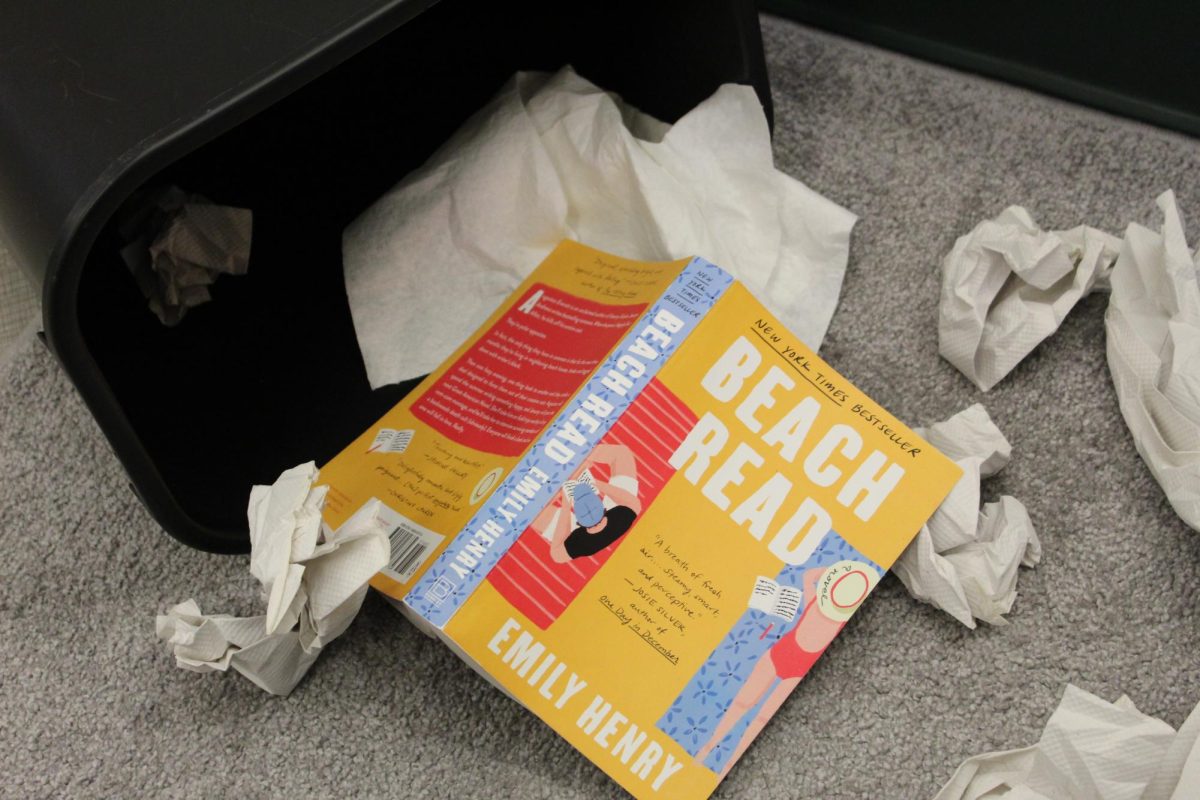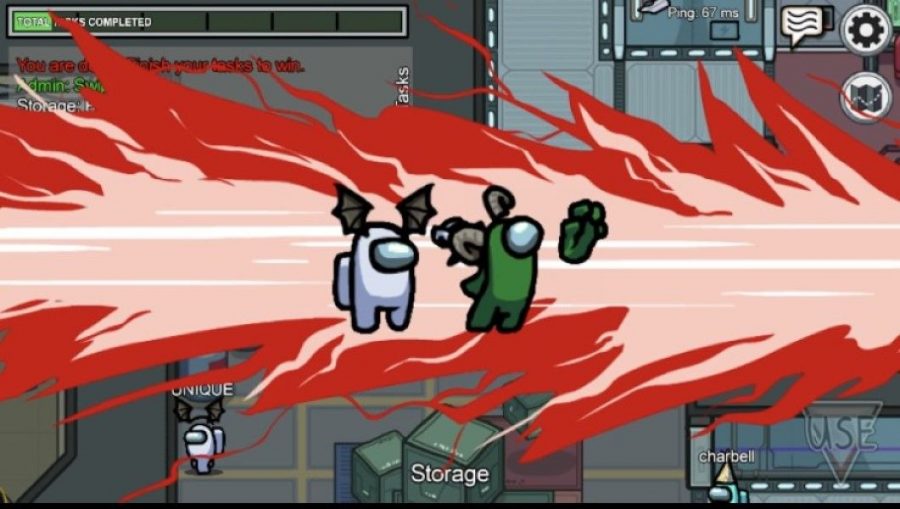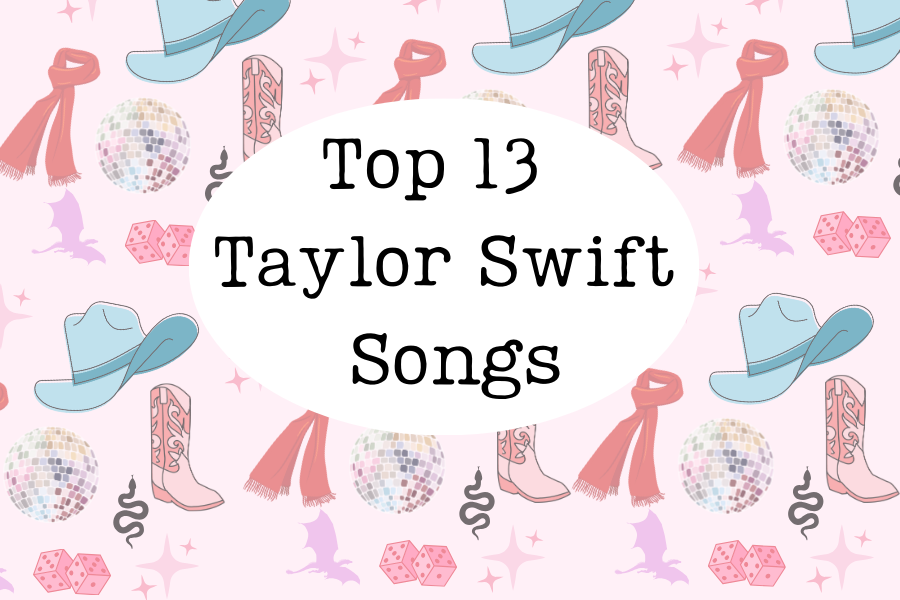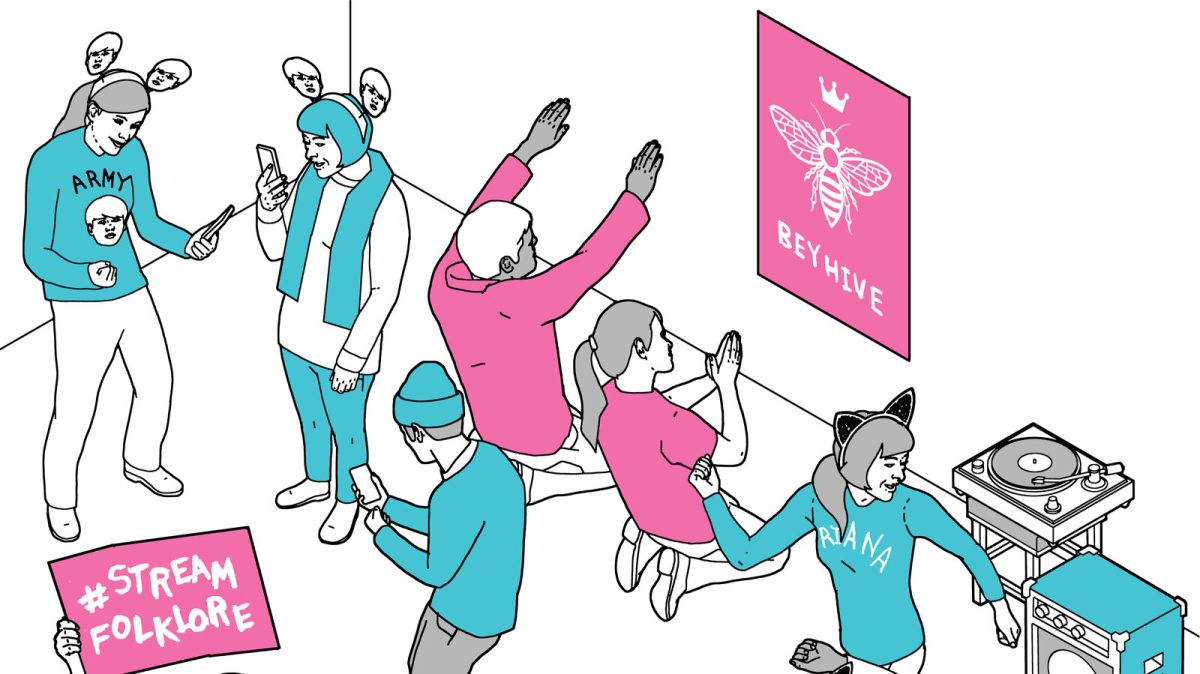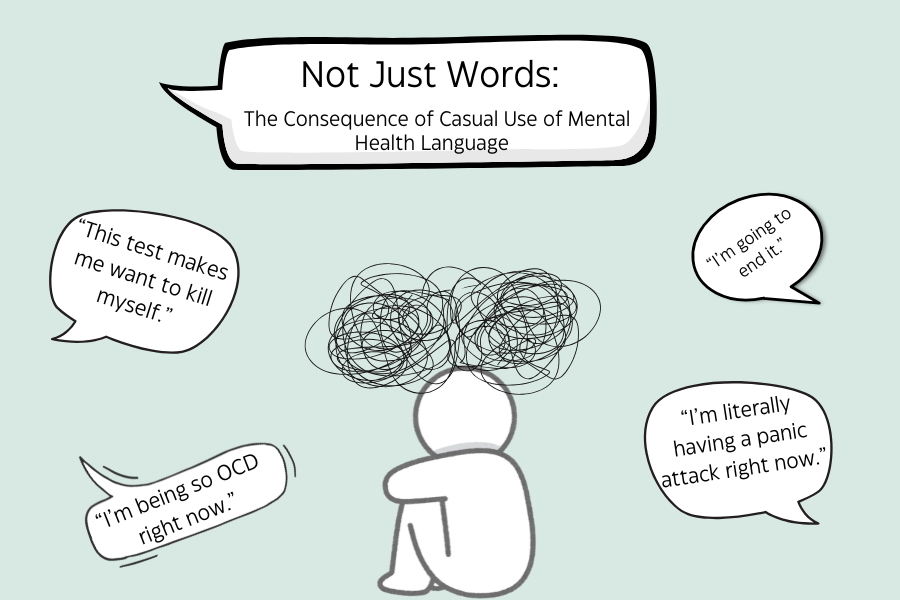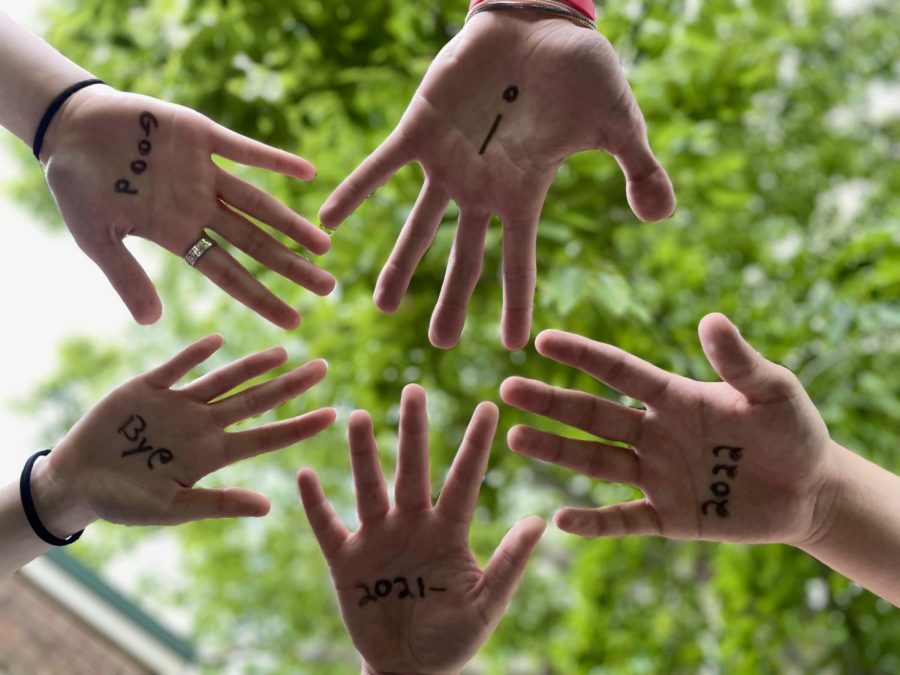Fast fashion: the alternative costs (Editorial)
WASTE OF FASHION: Textile waste created from clothing in the landfill contributes to climate change. While many appreciate the lower costs of these apparel items, to what end are we paying for them with our safety and health?
Style is a constantly changing part of life and can rack up some serious financial burdens. According to the Bureau of Labor Statistics’ 2016 Consumer Expenditure Survey, the average household spends $1,803 on clothing and related services annually. Keeping up with what is considered to be “in” during a period of time can cause stress on the wallet, but the various fast fashion businesses have managed to cut down the burden. What is the alternative cost?
As environmental impact starts to become a bigger focus due to the severity and growing number of consequences, our sensitivity to the subject should also cause us to become more interested in what is behind the closed doors of our favorite brands. Everybody loves a bargain, but something must give somewhere.
Fast fashion is the mass production of goods which tend to end up being low quality but equals a low low price for the consumer. This seems great in the moment of purchase but the items do not last long, and before you know it, they are being thrown in the trash.
An article by Nature reveals that the fashion industry creates 92 million tons of waste per year and 79 trillion liters of water consumed.
Although water may not seem like a low resource for most people, other areas around the world are not as fortunate. The 400 gallons of water used to produce just one cotton t-shirt starts to seem like a waste when it can literally save lives.
Water, however, is not the biggest concern from the bunch. Textile waste is more harmful to the environment than may be realized. Once the clothing is thrown away, wasting money and resources, it makes its way to the landfill where it can take 200 years to decompose. The textiles then leach toxic chemicals and dyes into the soil along with generating methane gas that produces heat that gets trapped and becomes a climate change hazard.
Climate change produces many issues around the world such as an increase in natural disasters, rising sea levels, temperatures rising, etc. The main concern here is that you cannot reverse what has already been done. At this point, it is a fight to slow the progression to save future generations from living in a world such as the one created in Wall E by Pixar Animation Studios.
On a less future-focused note, there are major health concerns for the people in charge of producing these products. Most fashion is imported from overseas where there are numerous catastrophic events in factories resulting in death and injury.
A New York Times article mentions the book Fashionopolis by Dana Thomas. Thomas recounts the tragedy of the 2013 Rana Plaza factory collapse in Bangladesh, told through the harrowing experiences of two survivors. The explosion killed 1,100 people and injured 2,500 more.
This was not an isolated incident and is hard to justify along with the already slave-like labor those individuals feel compelled to be a part of due to their personal situations. The people who spend their lives making these items in record-breaking time are paid very little and suffer in difficult working conditions.
Buying these items while being uneducated is essentially supporting the business and the cruel procedures they follow in order to have high sale statistics and profit margins.
Thankfully, a report by Research and Markets shows a decline in fast fashion revenue.
“The global fast fashion market is expected to decline from $35.8 billion in 2019 and to $31.4 billion in 2020 at a compound annual growth rate (CAGR) of -12.32%. The decline is mainly due to economic slowdown across countries owing to the COVID-19 outbreak and the measures to contain it.”
Who knew the pandemic could have benefits after all?
Many consumers do not take the time to look into what goes on behind closed doors, but for those who do, they should actively choose not to be a consenting member and search for alternative options.
Thrift stores exist to serve others and not generate profit. At these numerous facilities, second-hand clothing, shoes, furniture, housewares, etc. are offered at extremely low costs, and work to remove these otherwise tossed away goods from the landfills. So before you consider resorting to places such as Shein and Forever21, consider both online and in-person thrifting options such as Depop and Salvation Army.
As Goodwill likes to put it, “Thrift shopping is a lot like a treasure hunt: you never know what you might find!”
Disclaimer: Articles designated as “Editorial” represent the views and opinions of the author, not the 2020-2021 Periscope staff, CHS/CASD administration, or the CHS student body.
Want to help the Herd? Please consider supporting the Periscope program. Your donation will support the student journalists of CHS and allow us to purchase equipment, send students to workshops/camps, and cover our annual website hosting costs.

Heidi Heinlein is currently a sophomore at Carlisle High School. This is her second year as a staff member for Periscope. She is a co-editor of the perspectives...



















